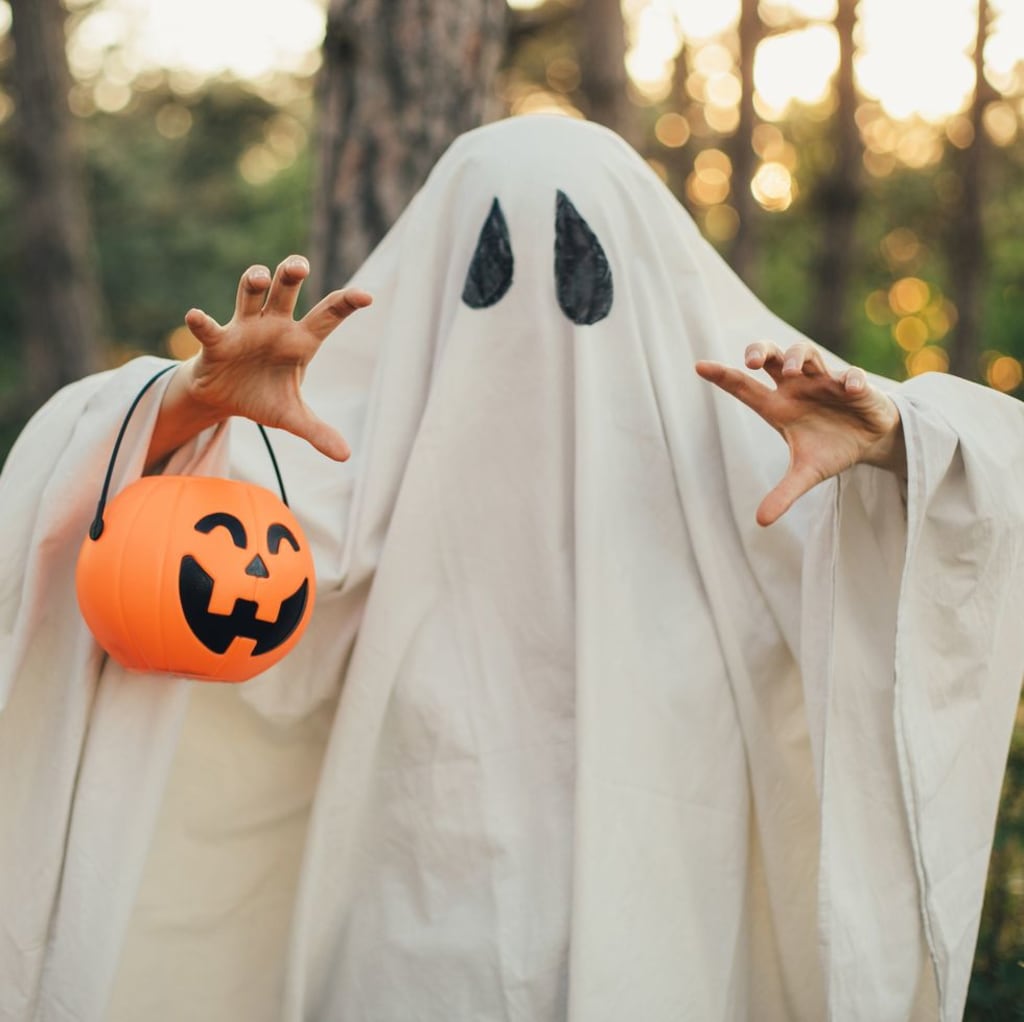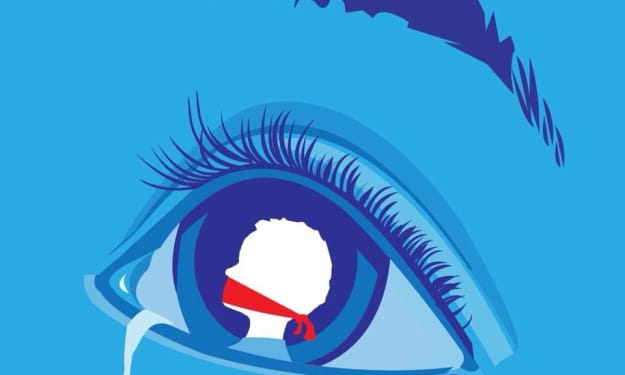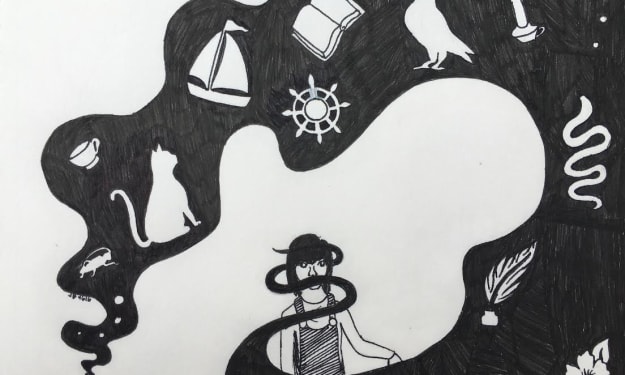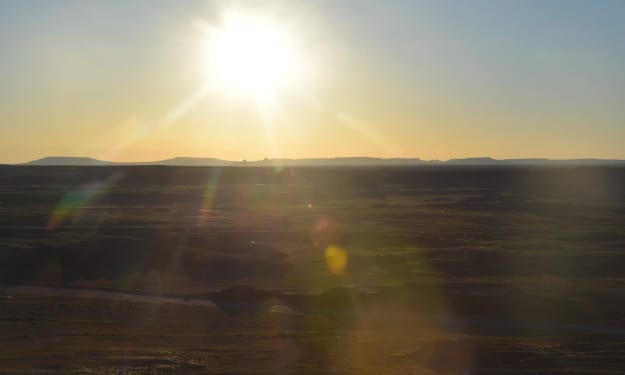
Halloween: The Haunting Festivity
Halloween, also known as All Hallows' Eve, is a centuries-old holiday that is celebrated annually on the eve of October 31st. Originating from ancient Celtic traditions and later blended with Christian customs, Halloween has become a beloved festival known for its spooky ambiance, creative costumes, and sweet indulgences. This article delves into the history, customs, and significance of Halloween, casting light on the eerie origins and the modern-day festivities associated with this haunting occasion.
Deeply rooted in the Celtic festival of Samhain, Halloween finds its beginnings in the ancient Gaelic culture of Ireland, Scotland, and Wales. Samhain marked the end of the harvest season and the beginning of the dark half of the year. Believed to be a time when the boundary between the living and the dead became blurred, the Celts celebrated Samhain as a festival to honor their ancestors and ward off malevolent spirits. They lit bonfires, wore costumes made of animal skins, and offered food and drink to appease the otherworldly entities.
With the spread of Christianity, the Celtic festival of Samhain merged with the Christian holiday of All Saints' Day, also known as All Hallows'. By the 9th century, the Catholic Church established November 1st as All Saints' Day to honor all saints and martyrs. The evening before, October 31st, was known as All Hallows' Eve, which eventually evolved into the term we now know as Halloween.
Throughout history, Halloween has grown into a celebration that combines elements of ancient practices and modern traditions. Festivities vary across different regions, but certain customs have remained constant. One such custom is the act of dressing up in costumes and masks. Dating back to the Celtic tradition, it was believed that disguising oneself would confuse and deter evil spirits that roamed the earth on the night of Samhain. This tradition continues today, with people of all ages donning elaborate costumes ranging from classic monsters to the latest pop culture icons.
Another popular Halloween tradition that has stood the test of time is the carving of pumpkins into eerie faces, known as jack-o'-lanterns. Originating from an Irish legend about a man named Stingy Jack, who tricked the devil and was doomed to wander the Earth with only a hollowed-out turnip and a burning coal, the tradition evolved to using pumpkins in North America. The glowing faces of jack-o'-lanterns can be seen adorning doorsteps and windows, illuminating the night with an otherworldly glow.
Trick-or-treating, a cherished custom synonymous with Halloween, can be traced back to European traditions of going door-to-door to collect soul cakes, small round cakes offered in exchange for prayers for the dead. As immigrants from Ireland and Scotland settled in America, they brought this tradition with them and it eventually transformed into the modern-day practice of children dressing up and visiting neighbors' homes to receive candies and treats.
Over time, Halloween has become more than just a night of spooky legends and harvest festivities. It has developed into a multi-billion-dollar industry, with decorations, costumes, and themed events taking center stage in the modern celebration. Haunted houses, costume parties, and elaborate displays have become commonplace, as people seek thrilling experiences and a break from reality.
Beyond the commercialization, Halloween still carries deep cultural and symbolic significance. It serves as a reminder of our connection to the past and the inevitability of mortality. It encourages creativity, imagination, and a playful spirit as people transform themselves into characters of their choosing for a night. Halloween, with its rich history and enduring traditions, has become a holiday that brings people together, evokes a sense of nostalgia, and ignites a spark of thrill and excitement as the chill of autumn settles in.
In conclusion, Halloween has emerged as a fascinating holiday that seamlessly bridges ancient Celtic rituals with modern-day festivities. Starting as a festival to honor the departed and protect against specters, this haunting holiday now encapsulates the joy of dressing up, indulging in sweets, and embracing the supernatural. Despite its evolution, Halloween remains a treasured celebration, inviting us to explore the realms between the living and the dead, revel in the enchantment of the night, and relish in the spine-tingling excitement that only Halloween can bring.
0 minutes ago
Halloween, a beloved holiday celebrated on October 31st each year, holds a deep-rooted history and significant cultural importance. Originating from ancient Celtic traditions, it has evolved into a unique blend of festive activities, influenced by various cultures around the world. This article aims to explore the rich traditions, spooky symbolism, and modern-day celebrations associated with Halloween.
Dating back over 2,000 years to the ancient Celtic festival of Samhain, Halloween has its roots in Ireland, Scotland, and Wales. In this festival, the Celts would light bonfires and wear costumes to ward off ghosts. They believed that on the night of October 31st, the boundary between the living and the dead blurred, allowing spirits to roam freely.
As time passed, Halloween acquired elements from different beliefs and cultures. The Roman Empire introduced the festival of Pomona, dedicated to the goddess of fruit and the harvest. Pomona's symbol, the apple, is still seen today in traditional activities such as bobbing for apples. Additionally, the Christian influence of All Saints' Day, also known as All Hallows' Day, on November 1st, led to the creation of All Hallows' Eve — the precursor to modern Halloween.
One of Halloween's most recognizable symbols is the Jack-o'-lantern. Originating from an Irish folk tale about a man named Stingy Jack, who outsmarted the devil, this iconic pumpkin carving represents the souls trapped between worlds. The tradition of carving Jack-o'-lanterns involves hollowing out a pumpkin and placing a candle inside, illuminating the night with an eerie glow.
Trick-or-treating, another popular Halloween practice, finds its origins in the medieval European tradition of "souling." During All Souls' Day, poor individuals would go door to door offering prayers for the deceased in exchange for food. This practice later merged with the Celtic tradition of leaving food and treats outside to appease roaming spirits. Nowadays, children dress up in costumes and visit homes, uttering the famous phrase: "Trick or treat!" in anticipation of candy and treats.
Costumes have become an integral part of Halloween celebrations. Initially, costumes were worn to confuse the spirits and avoid being recognized as living beings. Today, Halloween costumes range from traditional ghost and witch attire to modern pop-culture icons, superheroes, and even clever puns. It is a time for creativity and self-expression as people of all ages embrace the opportunity to transform into someone or something else.
Haunted houses and spooky parties add an element of thrill to Halloween. People enjoy being scared and seek out haunted attractions that test their courage. Whether it's wandering through a maze of cobwebs and skeletons or attending elaborate masquerade parties, the chilling atmosphere creates a thrilling sense of fear and exhilaration.
Halloween has become a global phenomenon, transcending cultural boundaries. Countries around the world have adapted their own unique traditions, blending local customs with the established Halloween practices. In Mexico, the Day of the Dead, celebrated from October 31st to November 2nd, honors deceased loved ones with colorful masks and vibrant altars. Similarly, in Japan, Halloween has gained popularity, with costumed individuals parading through the streets of Tokyo and other major cities.
In conclusion, Halloween is a holiday steeped in tradition and symbolism. What originated as an ancient Celtic festival has grown into a global celebration, blending ancient customs, Christian influences, and pop culture elements. From the flickering Jack-o'-lanterns to the excitement of trick-or-treating, Halloween provides an opportunity for people to transcend the boundaries of everyday life and immerse themselves in a world of mystery and imagination. Whether you embrace the spooky or prefer the more lighthearted aspects, Halloween continues to captivate hearts and ignite the spirit of celebration worldwide.
About the Creator
Clare Scanlan
I am passionate about writing! Passionate about animals, especially horses, passionate about women's and children's rights!





Comments
There are no comments for this story
Be the first to respond and start the conversation.